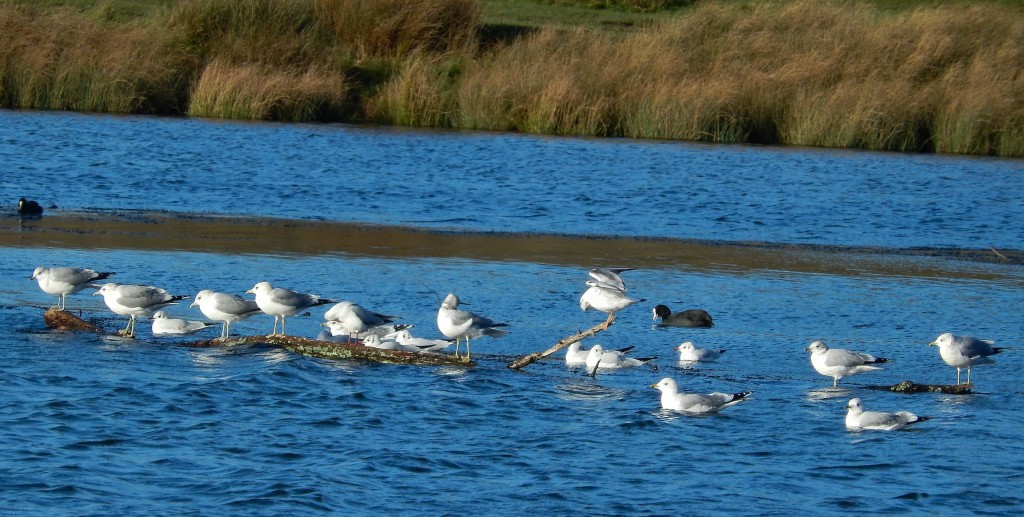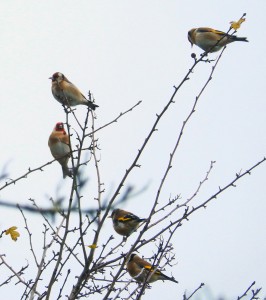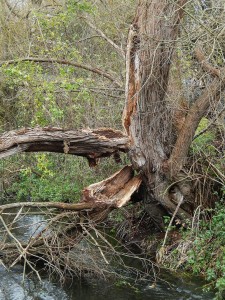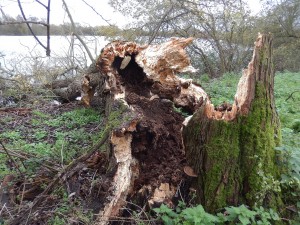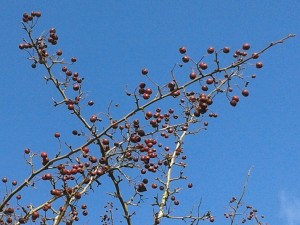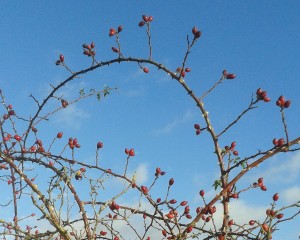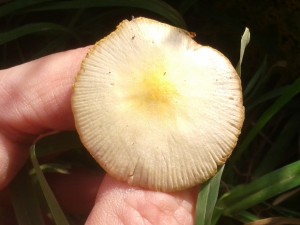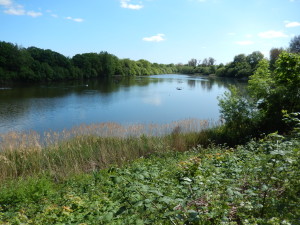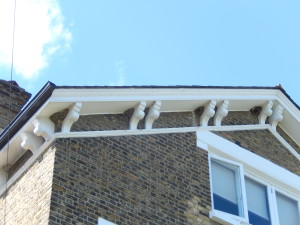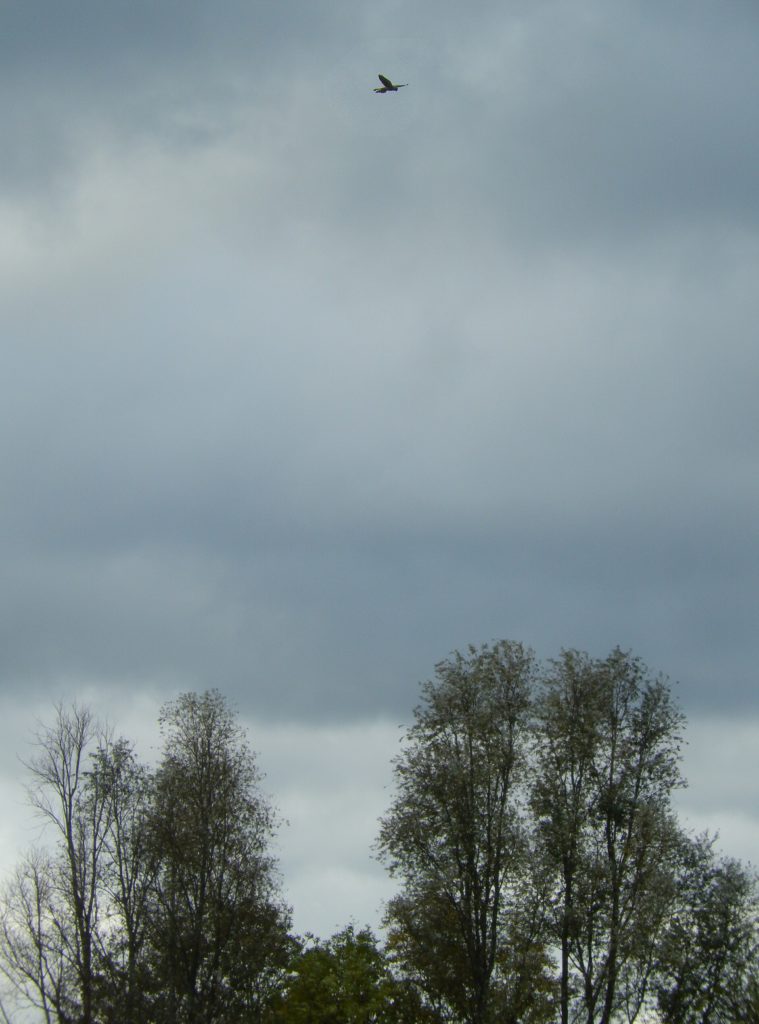
Winter showed her wizened hand today. The bright sunshine of the morning quickly gave way to cloud under a chilly northerly wind. Zipping up my coat, I wondered if I’d see anything worth remarking, and plodded up the path in the flat light. I looked left at the river Colne, and a plump Water Vole splash-dived among some juicy Iris leaves that I guess it had been cutting. Once a common enough sighting, it’s now something very special.
The main lake was almost devoid of birds, a distant swan, a few black-headed gulls and a coot or two more or less summing it up, a dull day (apart from the vole). I rounded a bend and came face to face with a very fresh-faced, brightly-coloured fox. It stared at me for a glorious second, then turned tail and fled. Given the long narrow neck of land between the river and the lake, it must have run quite a way to escape.
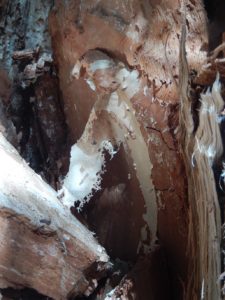
Not much further, a riverside willow had fallen on to an ancient hawthorn, forming a striking arch. The broken trunk was quite hollow, only a couple of inches of the newest wood remaining as a thin fragile tube. These large trees grow rapidly to a considerable size — and suddenly fall. The wood is soft, and it seems that saprophytic fungi (or perhaps parasitic) can speedily destroy it. This tree was layered with a dry papery sheet of whitish mycelium, presumably whatever species it was that rotted the trunk hollow.
A dark brown Buzzard, almost without markings, floated broad-winged just above the small lakeside trees, almost close enough to touch.
Beside me, the lake suddenly exploded into a mass of pattering feet on water, as a dozen Gadwall rushed to take off. Perhaps these newly-arrived birds are from the frozen north, unused to the slightest human disturbance.
The end of the lake held a score of Tufted Duck, their numbers too increasing rapidly now, again presumably from colder lands to the north or east.
At the steel bridge, a Bullfinch repeated its insistent call, Deu, Deu. And over the grassy meadow, a Kestrel floated silently, hovered, drifted effortlessly upwind to hover again.

